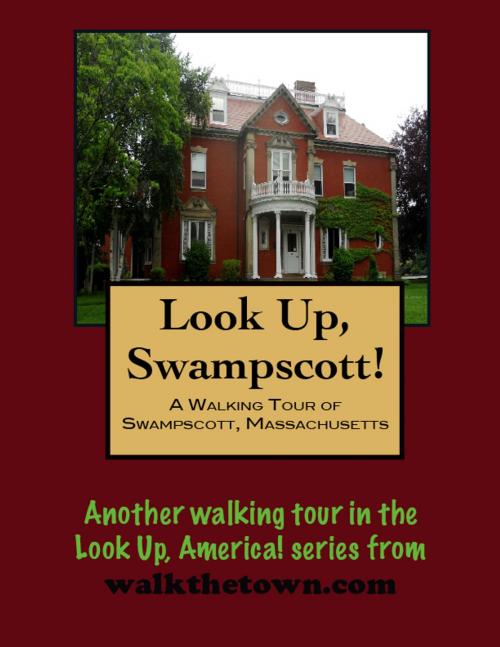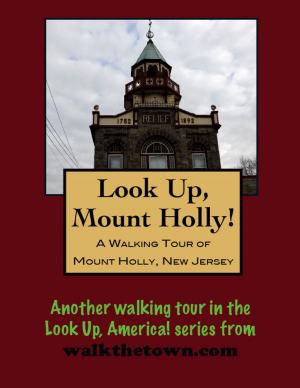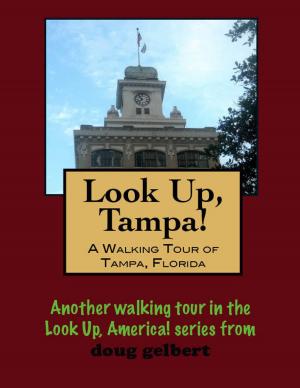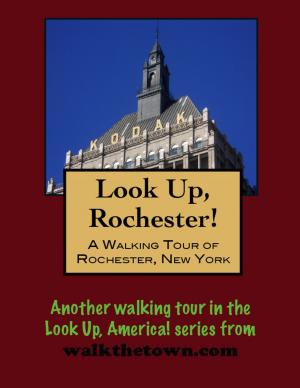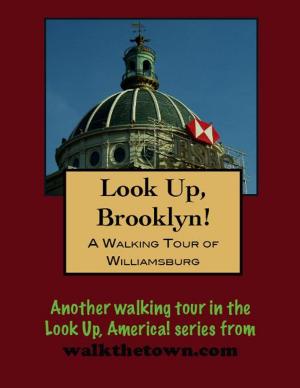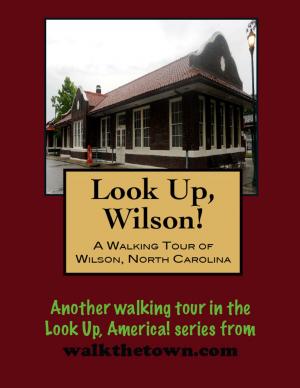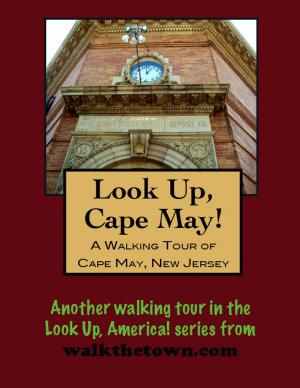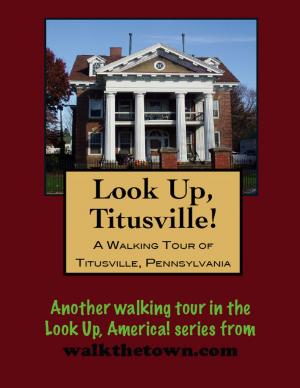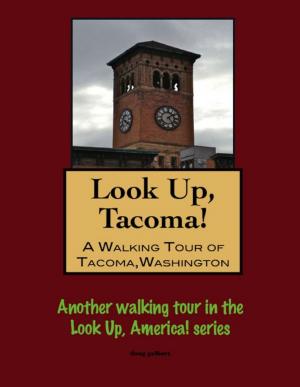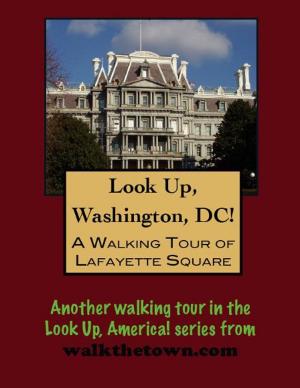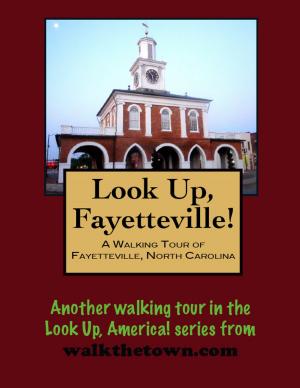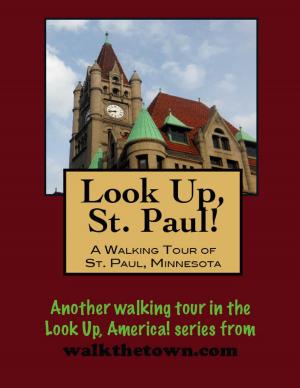| Author: | Doug Gelbert | ISBN: | 9781458098047 |
| Publisher: | Doug Gelbert | Publication: | February 16, 2011 |
| Imprint: | Smashwords Edition | Language: | English |
| Author: | Doug Gelbert |
| ISBN: | 9781458098047 |
| Publisher: | Doug Gelbert |
| Publication: | February 16, 2011 |
| Imprint: | Smashwords Edition |
| Language: | English |
There is no better way to see America than on foot. And there is no better way to appreciate what you are looking at than with a walking tour. Whether you are preparing for a road trip or just out to look at your own town in a new way, a downloadable walking tour is ready to explore when you are.
Each walking tour describes historical and architectural landmarks and provides pictures to help out when those pesky street addresses are missing. Every tour also includes a quick primer on identifying architectural styles seen on American streets.
For the first two centuries after settlement in the 1620s there wasn’t much to distinguish one fishing village from the next as they spread out along the North Shore from Boston. By the 1800s individual identities began to emerge and in the community of Swampscott, then part of the town of Lynn, large hotels and resorts began to appear alongside the fishing and lobstering docks. In 1852 a group of 97 Swampscott petitioners asserted to the General Court of the Commonwealth of Massachusetts that: “1. They are situated somewhat remote from the central portion of Lynn; and 2. That their business is different from that of the principal part of Lynn; and 3. That their convenience and interests would be promoted by a separate government, especially after the citizens of Lynn opted to switch from a town to a city form of government.” The leaders of Lynn took $5,450 for the land it was losing and waved bye-bye.
By the late 1800s more and more of the summer visitors began to plan a permanent move to the Swampscott seashore and with the coming of the Eastern Railroad it became easier to commute to Boston and Salem where the new American professional class could find jobs. The migration did not go unnoticed by some of Swampscott’s wealthier residents.
After financier Enoch Redington Mudge died in 1881 his heirs looked to develop his 130-acre seaside estate in the heart of Swampscott into residential homesites. Their vision went beyond clearing some trees and pounding stakes in the ground. Instead they went to Brookline and hired the “Father of Landscape Architecture,” Frederick Law Olmsted. Olmsted’s resume included New York City’s Central Park, Boston’s “Emerald Necklace” park system and dozens of other influential projects.
Olmsted brought his philosophy of gently curving lines in harmony with nature to planning the 191 house lots for the new planned community. It was not intended as an enclave solely for the rich but included lots of varying sizes to attract a wide range of homeowners. In 1888 the serpentine streets began to be laid out among the rocky hillsides and verdant valleys. By 1917 the subdivision was largely complete with a rich diversity of houses that spanned the end of the ornamental Victorian Age and carried into the cleaner, unadorned styles of the Craftsman and Arts and Craft builders.
For this residential walking tour we will encounter a neighborhood that 100 years later looks as if it might have existed in Frederick Law Olmsted’s famous sketchbooks...
There is no better way to see America than on foot. And there is no better way to appreciate what you are looking at than with a walking tour. Whether you are preparing for a road trip or just out to look at your own town in a new way, a downloadable walking tour is ready to explore when you are.
Each walking tour describes historical and architectural landmarks and provides pictures to help out when those pesky street addresses are missing. Every tour also includes a quick primer on identifying architectural styles seen on American streets.
For the first two centuries after settlement in the 1620s there wasn’t much to distinguish one fishing village from the next as they spread out along the North Shore from Boston. By the 1800s individual identities began to emerge and in the community of Swampscott, then part of the town of Lynn, large hotels and resorts began to appear alongside the fishing and lobstering docks. In 1852 a group of 97 Swampscott petitioners asserted to the General Court of the Commonwealth of Massachusetts that: “1. They are situated somewhat remote from the central portion of Lynn; and 2. That their business is different from that of the principal part of Lynn; and 3. That their convenience and interests would be promoted by a separate government, especially after the citizens of Lynn opted to switch from a town to a city form of government.” The leaders of Lynn took $5,450 for the land it was losing and waved bye-bye.
By the late 1800s more and more of the summer visitors began to plan a permanent move to the Swampscott seashore and with the coming of the Eastern Railroad it became easier to commute to Boston and Salem where the new American professional class could find jobs. The migration did not go unnoticed by some of Swampscott’s wealthier residents.
After financier Enoch Redington Mudge died in 1881 his heirs looked to develop his 130-acre seaside estate in the heart of Swampscott into residential homesites. Their vision went beyond clearing some trees and pounding stakes in the ground. Instead they went to Brookline and hired the “Father of Landscape Architecture,” Frederick Law Olmsted. Olmsted’s resume included New York City’s Central Park, Boston’s “Emerald Necklace” park system and dozens of other influential projects.
Olmsted brought his philosophy of gently curving lines in harmony with nature to planning the 191 house lots for the new planned community. It was not intended as an enclave solely for the rich but included lots of varying sizes to attract a wide range of homeowners. In 1888 the serpentine streets began to be laid out among the rocky hillsides and verdant valleys. By 1917 the subdivision was largely complete with a rich diversity of houses that spanned the end of the ornamental Victorian Age and carried into the cleaner, unadorned styles of the Craftsman and Arts and Craft builders.
For this residential walking tour we will encounter a neighborhood that 100 years later looks as if it might have existed in Frederick Law Olmsted’s famous sketchbooks...
